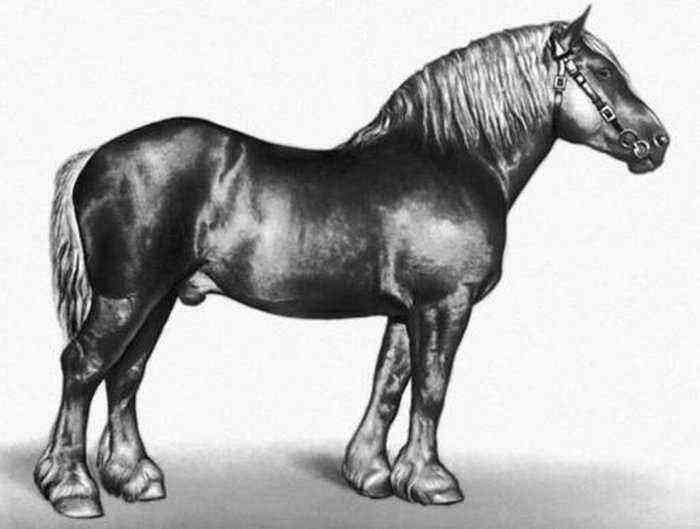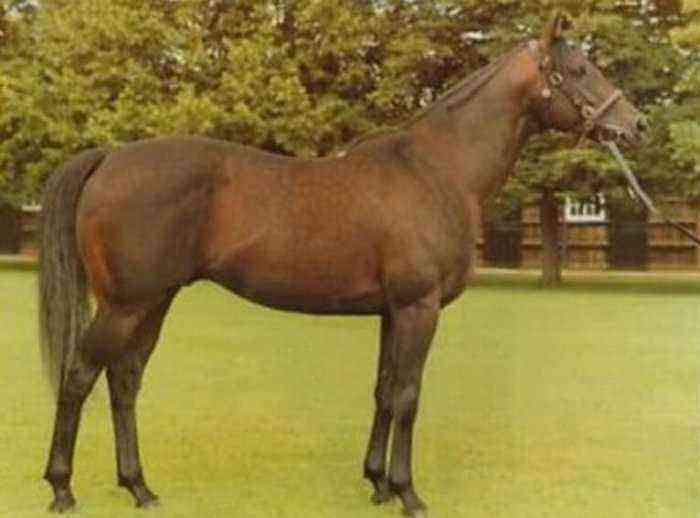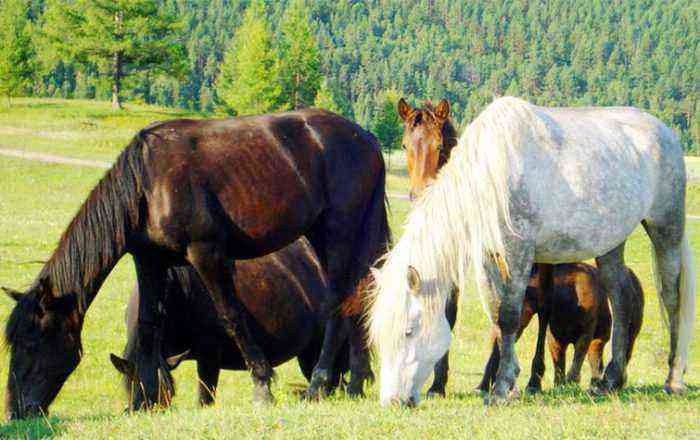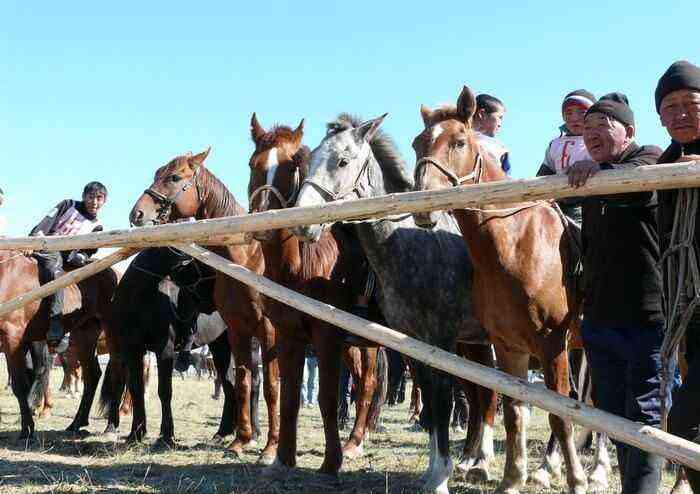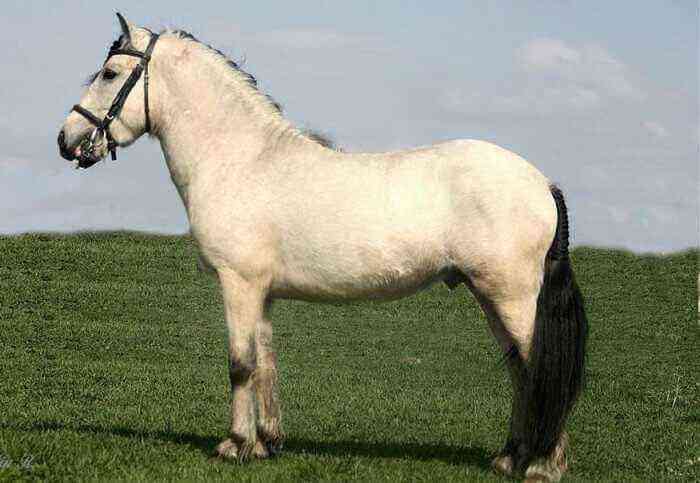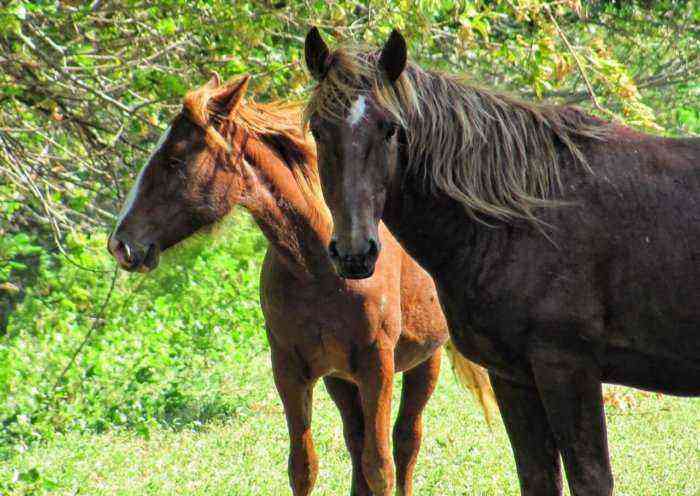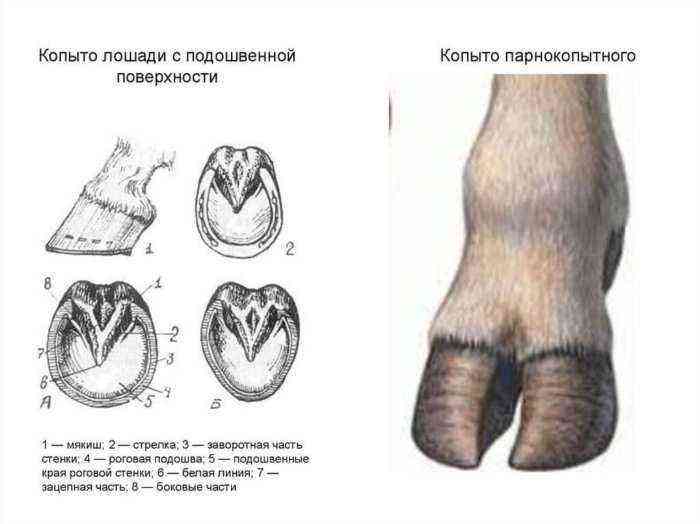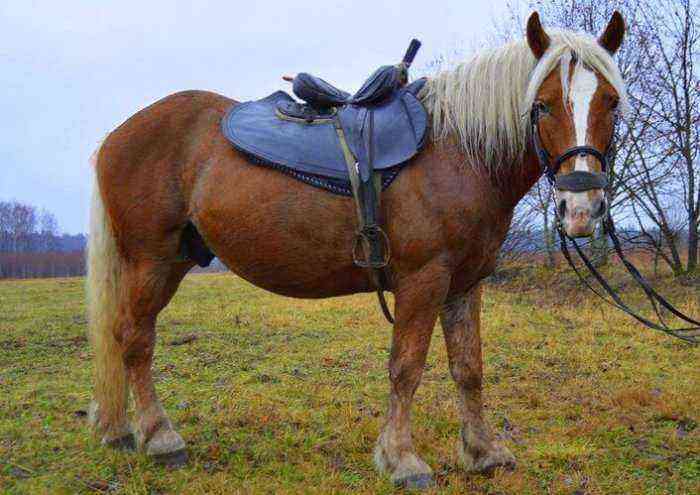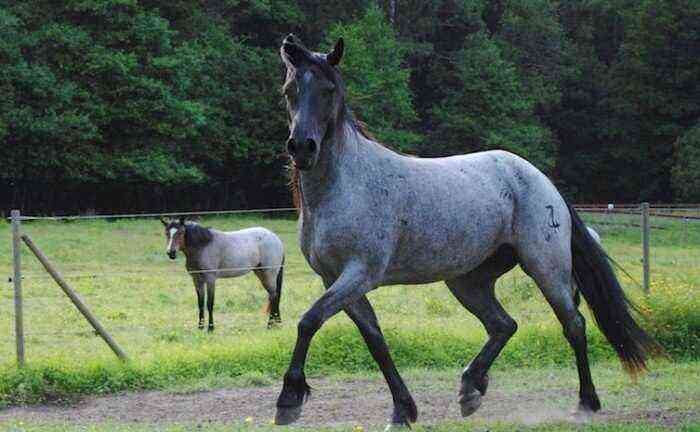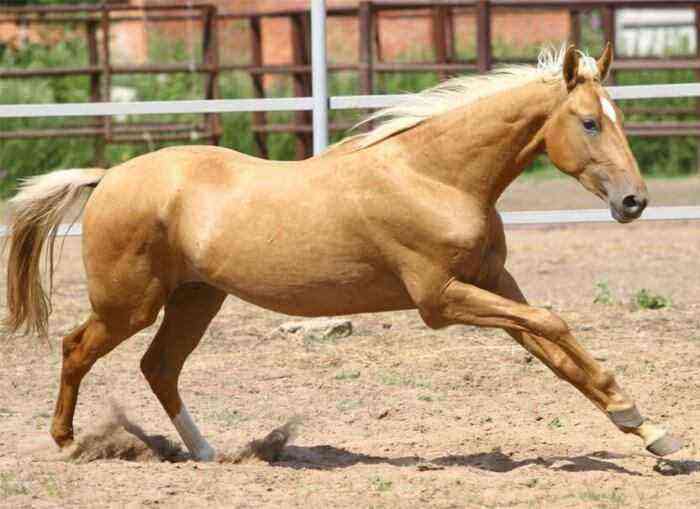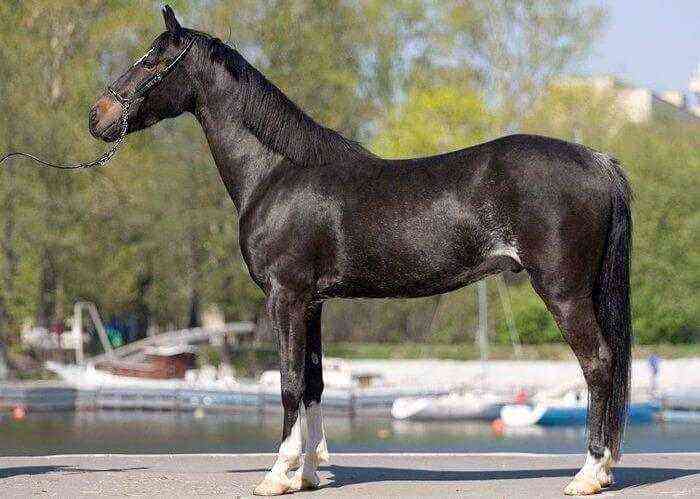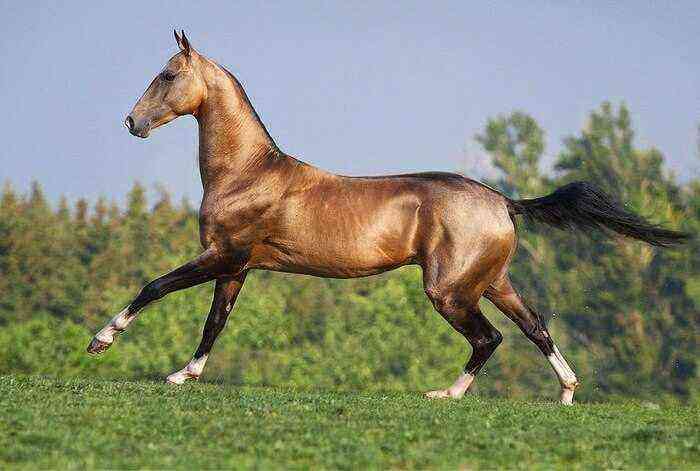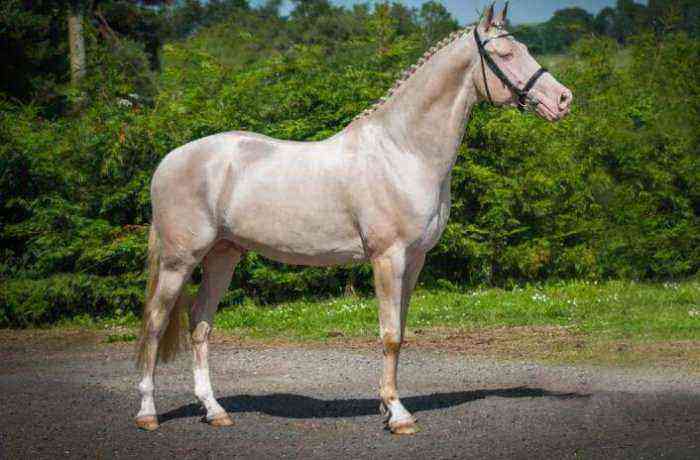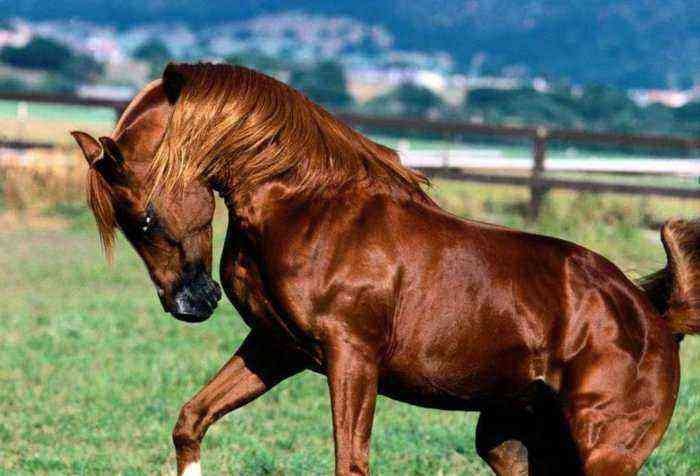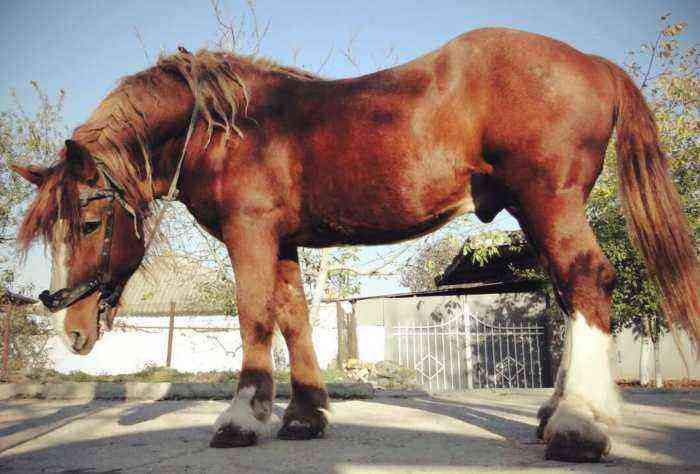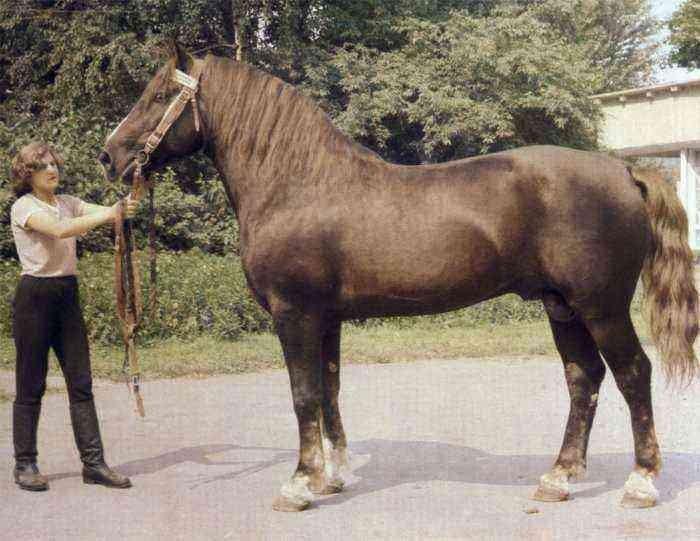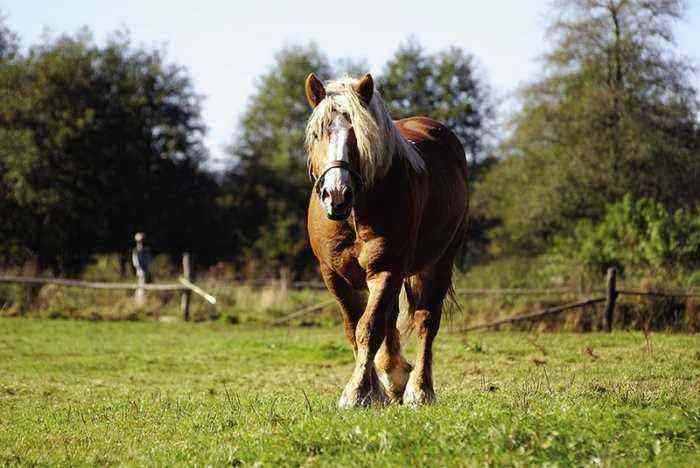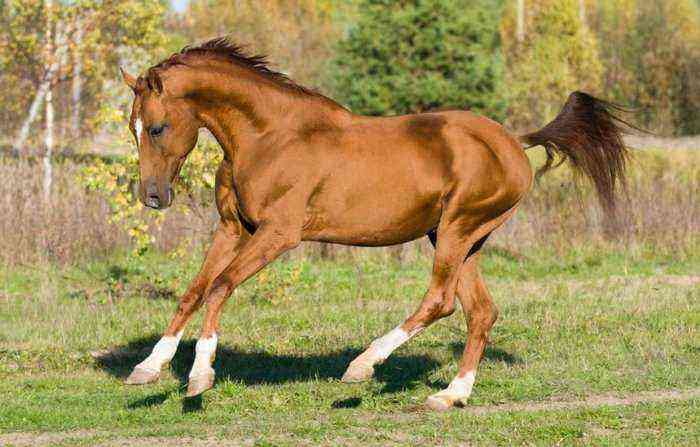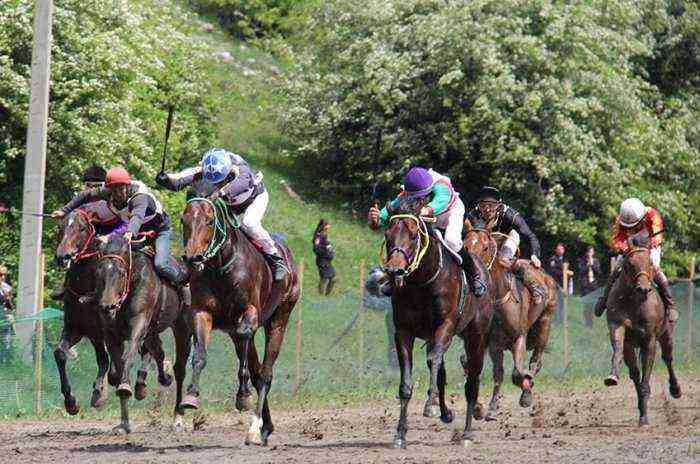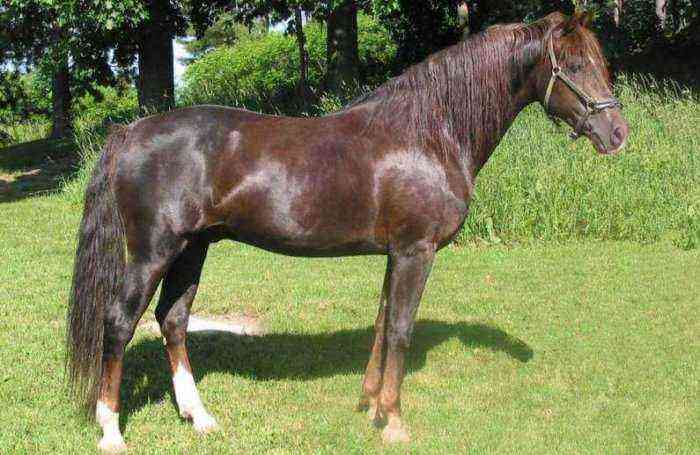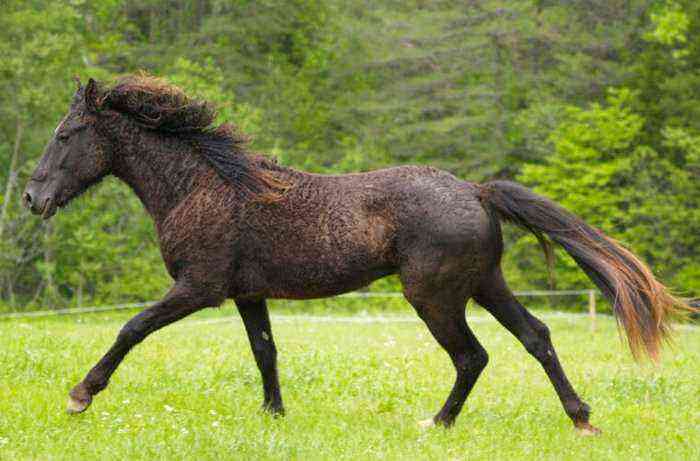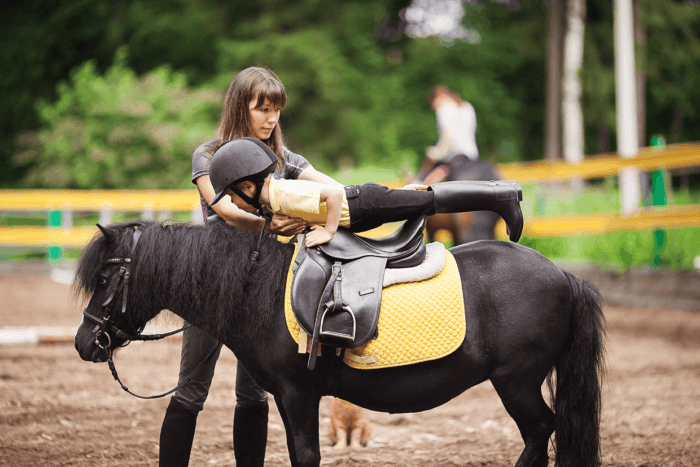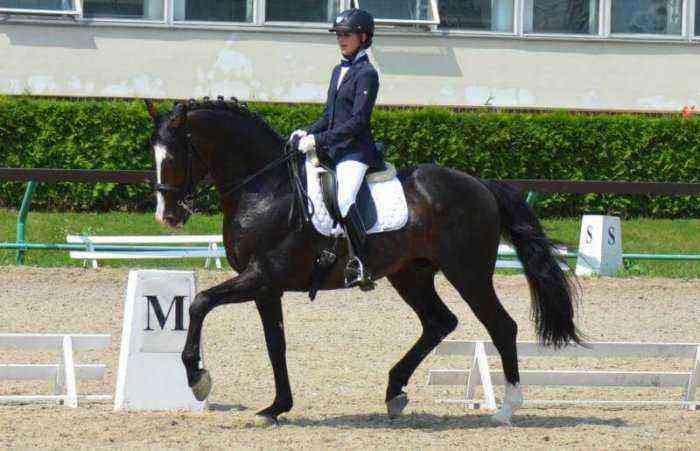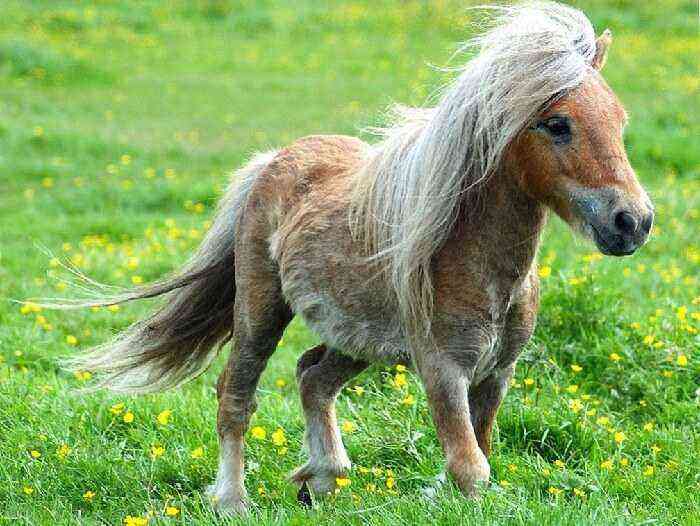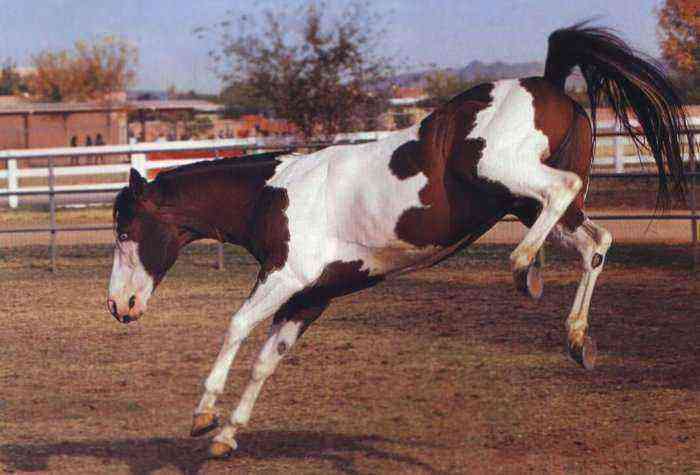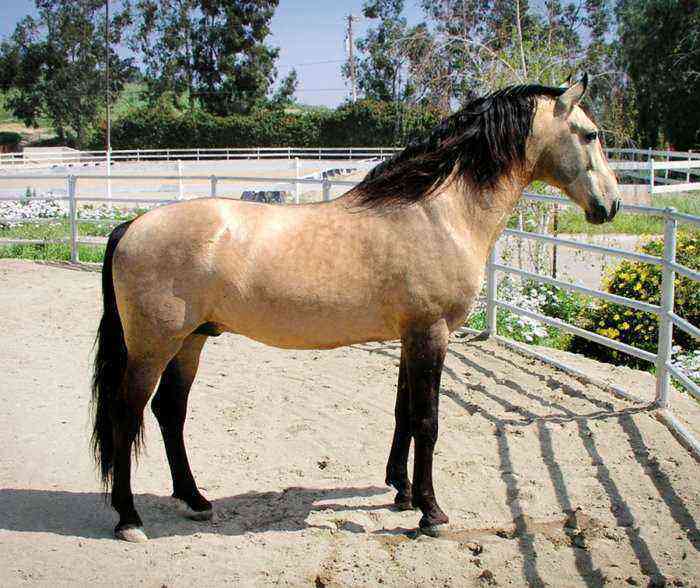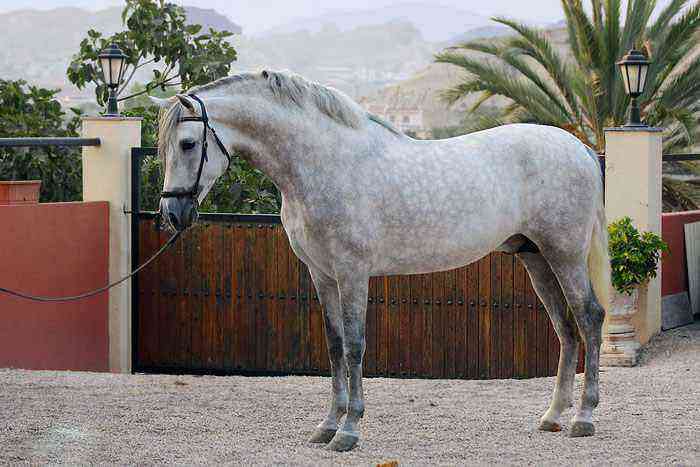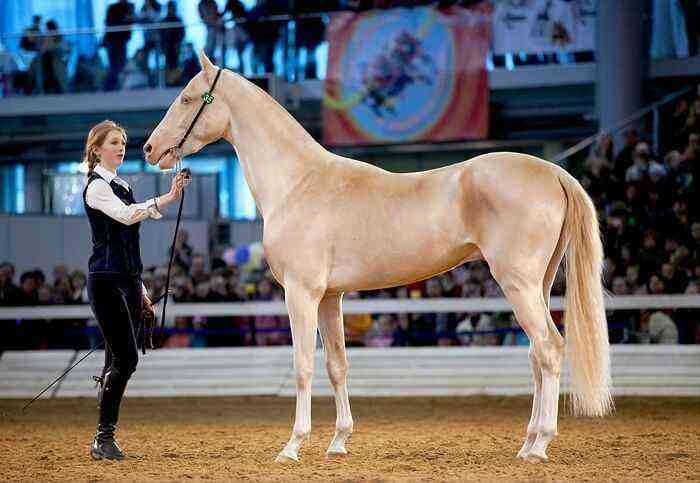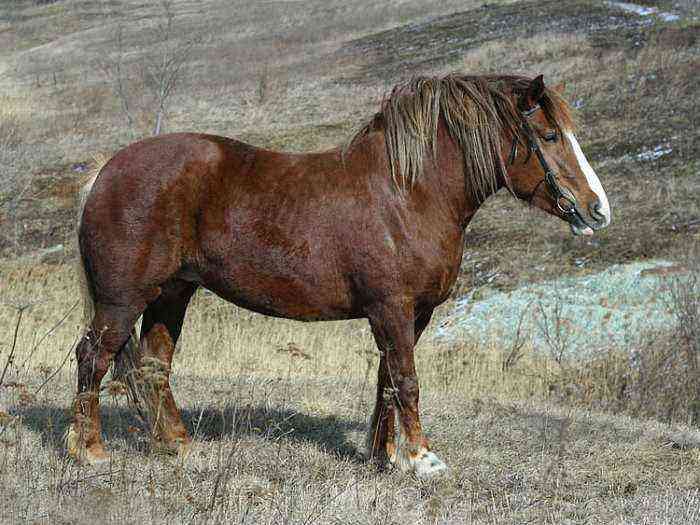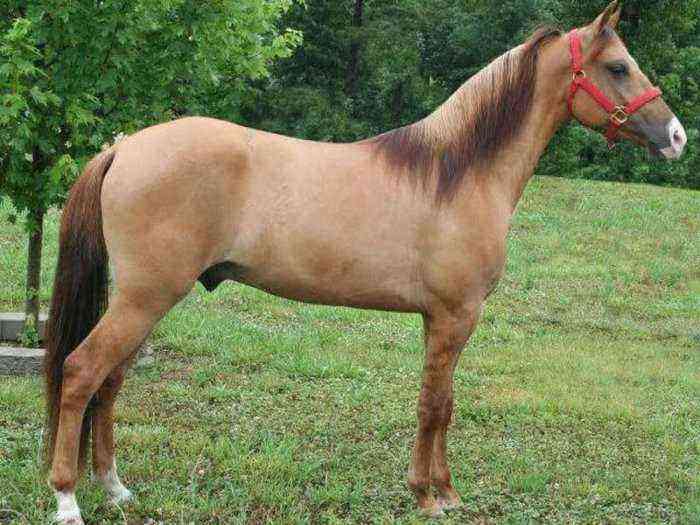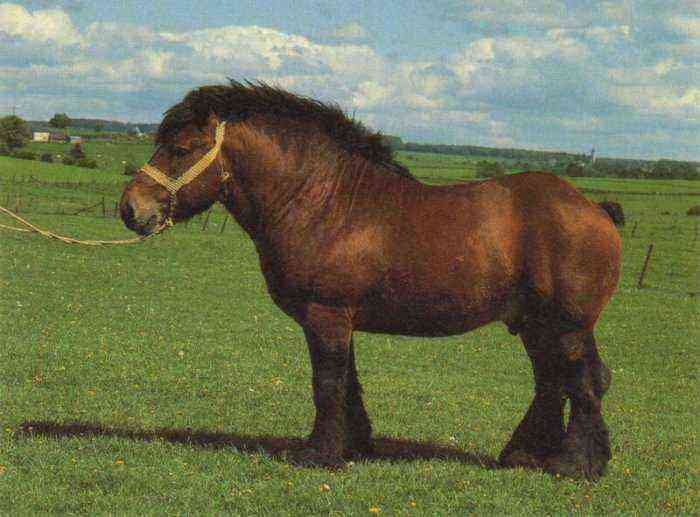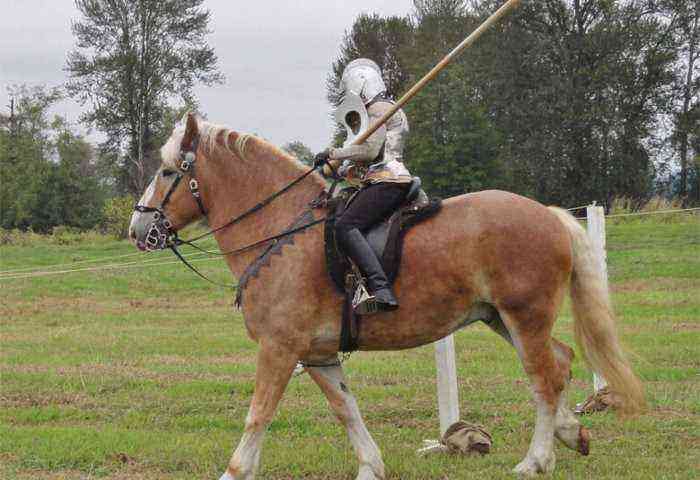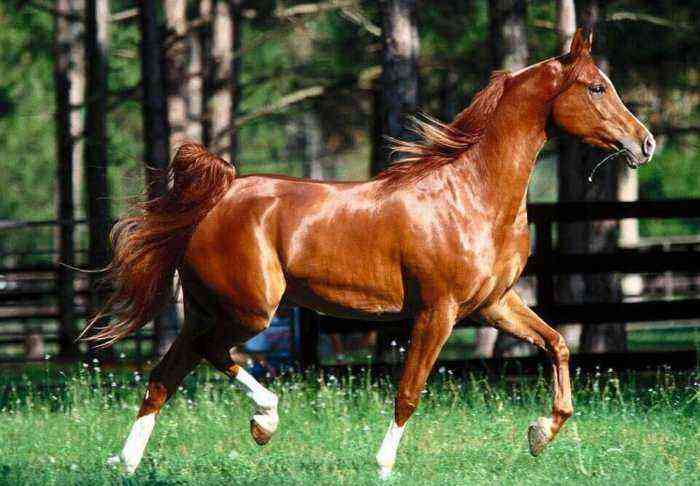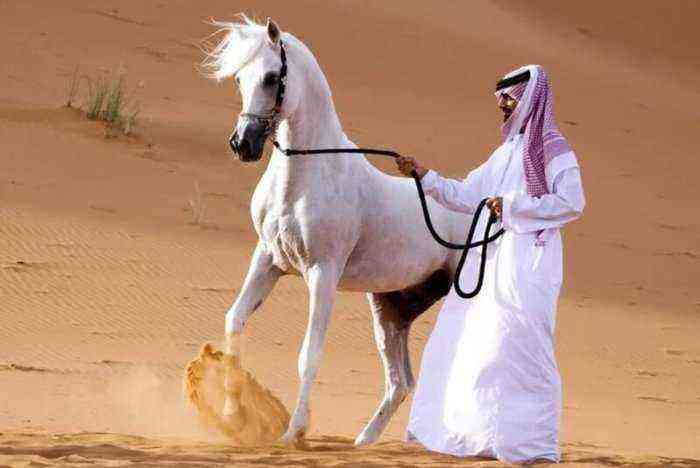The Bityug is a breed of horse that was traditionally used in Russia for hard work. They were real helpers to the Russian peasantry – strong, hardy, kind and calm. These animals have never refused their owners. The main field of application is field work – the most difficult and exhausting. They are also well suited for riding. Pay attention to Vasnetsov’s famous painting “Three Bogatyrs” – the horses depicted on it are very much reminiscent of classic Russian bityugs.
Bityug horse
Origin
Now it is difficult to say when this breed was bred. One thing is certain – the Russian people have always had a lot of hard physical work, historically determined by their way of life. In the 18th century, the first descendants of classic heavy trucks and steppe horses appeared in the Voronezh region. This led to the emergence of the heroic breed of bityugs.
Local steppe horses were an excellent basis for breeding a new variety. The official opinion about the birthplace of the first Bityugs, the true heroes of the horse family, is the valley of the Bityug River, which is located in the Voronezh province.
However, due to a sharp decrease in the amount of food in the second half of the 19th century, these strong, beautiful animals began to gradually disappear. The increasing amount of impurities in the blood also had a negative effect on the size of the population. It is safe to say that the breed completely ceased to exist by the end of the 19th century.
Exterior Features
More than 100 years have passed since there was not a single Bityug left in Russia, but we can imagine what they looked like. A lot of information about their appearance has been preserved:
- The growth of the largest individuals could reach 170 cm, although the average values fluctuated between 155-165 centimeters.
- The croup is a strongly developed, powerful chest and strong, dry legs. At the same time, the back of this breed was straight, the waist section is almost as powerful as the chest.
- As for the color, most often the bityugs were gray or bay, although there are references to red and even piebald individuals.
The disappearance of the breed
At the beginning of the 19th century, domestic horse breeders sought to improve the already exceptional qualities of the Bityug breed. To do this, they began to cross with English heavy trucks, but such experiments did not give the expected results. The resulting offspring were less hardy.

Bityug
At the same time, the area of arable land increased at an explosive pace, which, as a result, led to a sharp reduction in the number of pastures. The 19th century was marked by a large number of political upheavals, which further aggravated the situation with the disappearance of the bityugs as a species. The Russian government made an attempt to preserve and revive the breed in the Voronezh region, but bad luck played a bad joke here too – an epidemic broke out, which caused the death of the remnants of the representatives of the heroic breed.
This is where the story of the Bityugs in Russia ended.
Voronezh draft horse as a replacement for the Bityug
But the disappearance of the bityugs as a species does not at all mean that the need for hardy universal horses has disappeared. The result of attempts to breed a species that could successfully replace the Bityugs was the appearance of the Voronezh draft horse.
Such an animal is a cross between light horses and heavy trucks. In the 40s of the 20th century, the Voronezh harness was first presented at the exhibition. The breeders managed to combine in these horses the qualities of trotters, bityugs and heavy-duty horses, although the qualities of trotters turned out to be the most pronounced.
Reference. The Voronezh draft horse can be characterized as hardy and unpretentious animals with considerable strength. This breed has survived to this day, and scientists still continue to work to improve the characteristics of the species.
Conclusion
Russia is a country with difficult climatic conditions, historically predisposed to a lot of hard physical labor. Therefore, it is not surprising that a person has always strived to create such horses as bityugi, which could be reliable, flexible and strong helpers.
